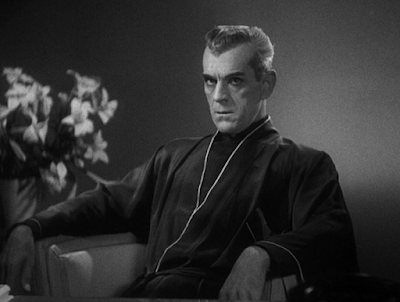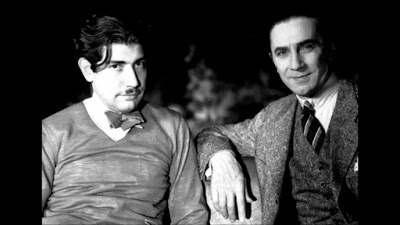The Black Cat

Director:
Edgar G. Ulmer
Year: 1934
Rating: 8.0
The Black Cat
was Boris Karloff’s return to Universal as well as Bela Lugosi’s return to
the good graces of Universal and his emergence from personal bankruptcy. At
the time the film was released it was a big hit for Universal but was trashed
by the critics. Over the years it has gained notoriety as one of Universal’s
most bizarre and creative films – and this was the film studio that gave
the world Frankenstein, The Mummy, the Wolfman and the Invisible Man. It
is a wonderfully baroque and stylish film with these two horror icons playing
off each other like a game of truth and dare, but nothing compared to what
it was intentionally meant to be. If the director’s original vision had been
permitted, it would have been put in a vault, chained up and never seen again.

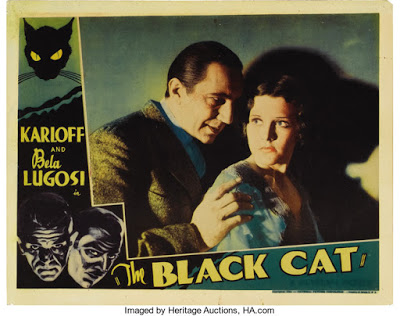
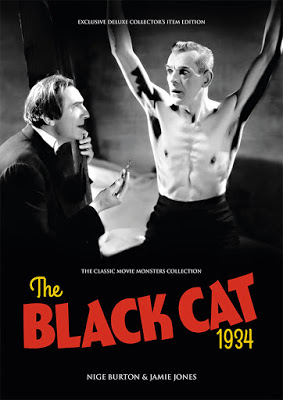

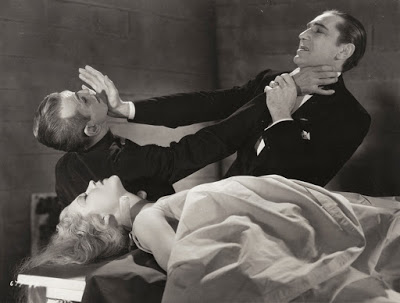
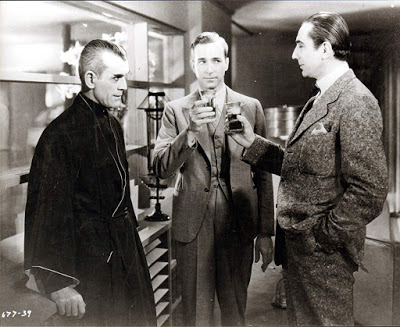
Ulmer and Lugosi
It seems that Lugosi was not fond of Karloff
who he thought was a two-bit actor when he was chosen to be in Frankenstein.
Lugosi thought he had the role and that it was stolen out from under him
and he stayed mad at Karloff probably all his life. Ulmer looked like he
was set at Universal, but he had an affair and eventually married an already
married woman to a cousin of Laemmle Sr. He did not take kindly to this and
basically did one of those you will never work in this town again threats
– and Ulmer in fact spent the rest of his life in C movie hell. There have
been other films made based on Poe's story but they all pretty much go far
from the source material and are very different from this one.








